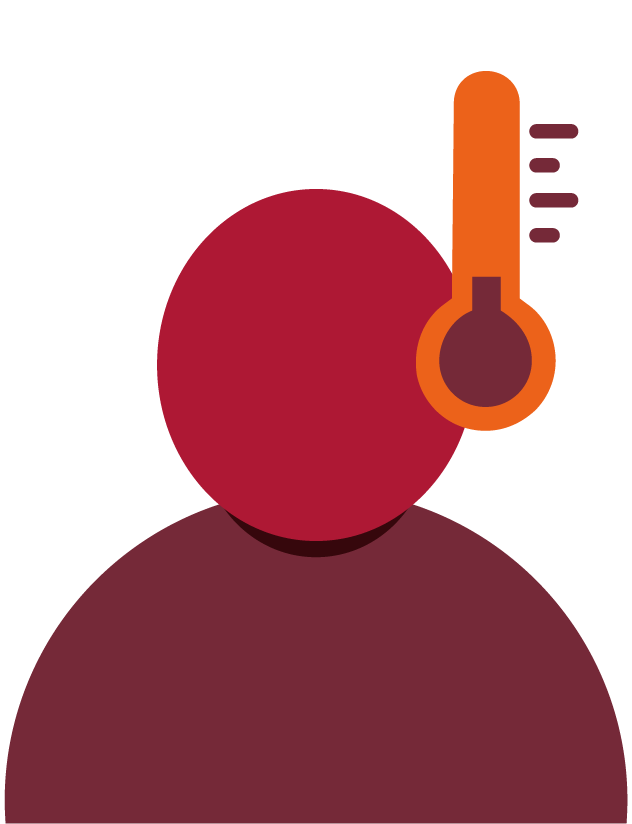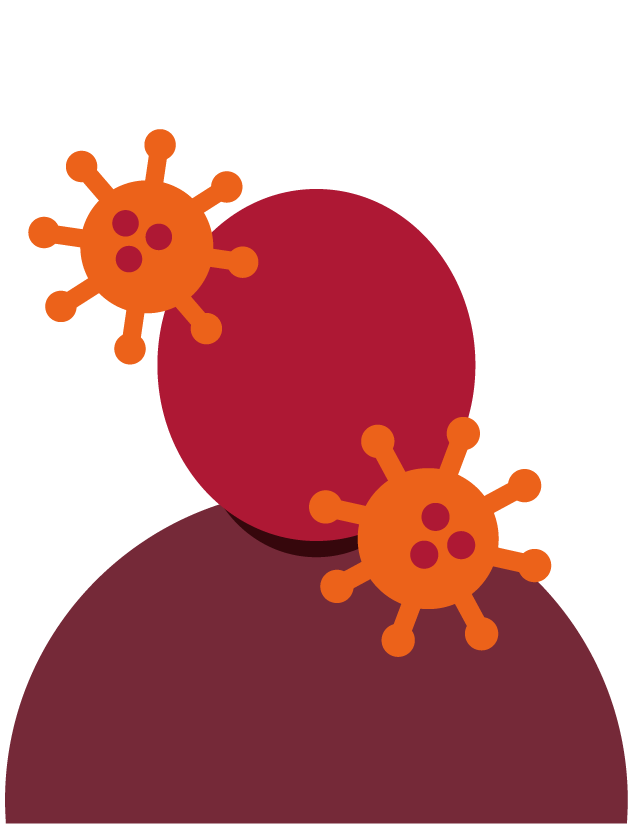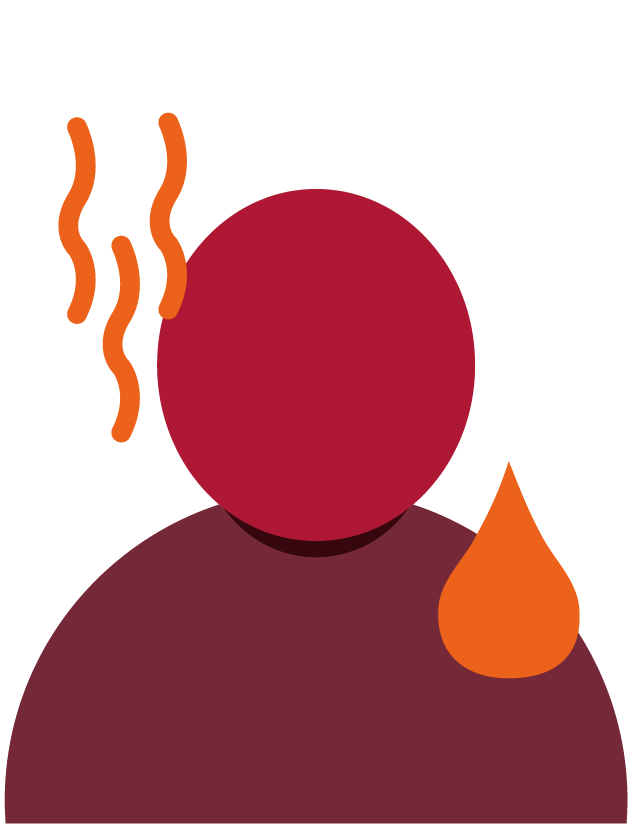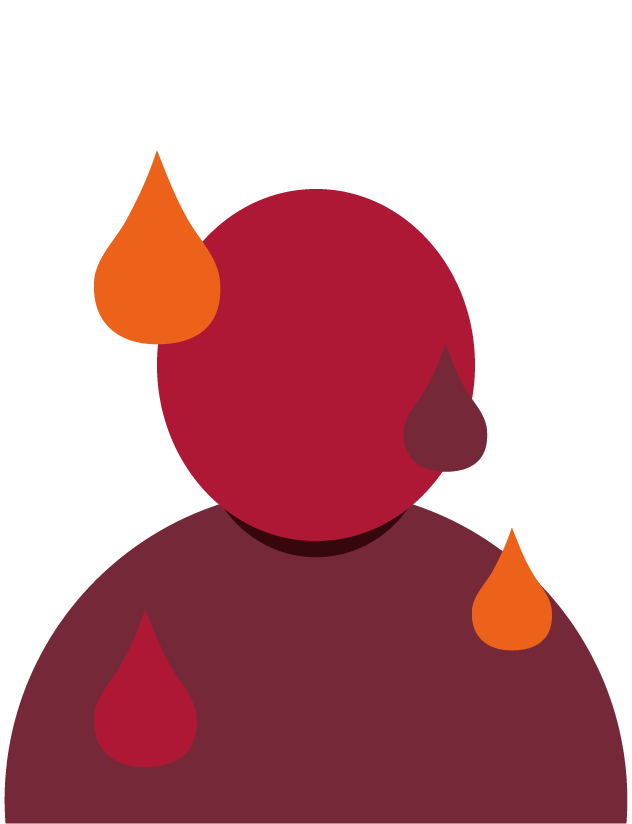What is Sickle Cell Disease?
Sickle cell disease (SCD) is an inherited health condition that affects red blood cells, resulting in severe anaemia.(1)
The condition is called ‘sickle’ cell because the blood cells become shaped like a farmer’s sickle.(2)
In the United Kingdom, the common types of SCD include sickle cell anaemia (HbSS), Sickle Haemoglobin C disease (HbSC), and different variations of sickle beta thalassaemia, for instance, sickle beta plus thalassaemia (HbS/β+ThaIassaemia) and sickle beta zero thalassaemia (HbS/β0 Thalassaemia).(2)




